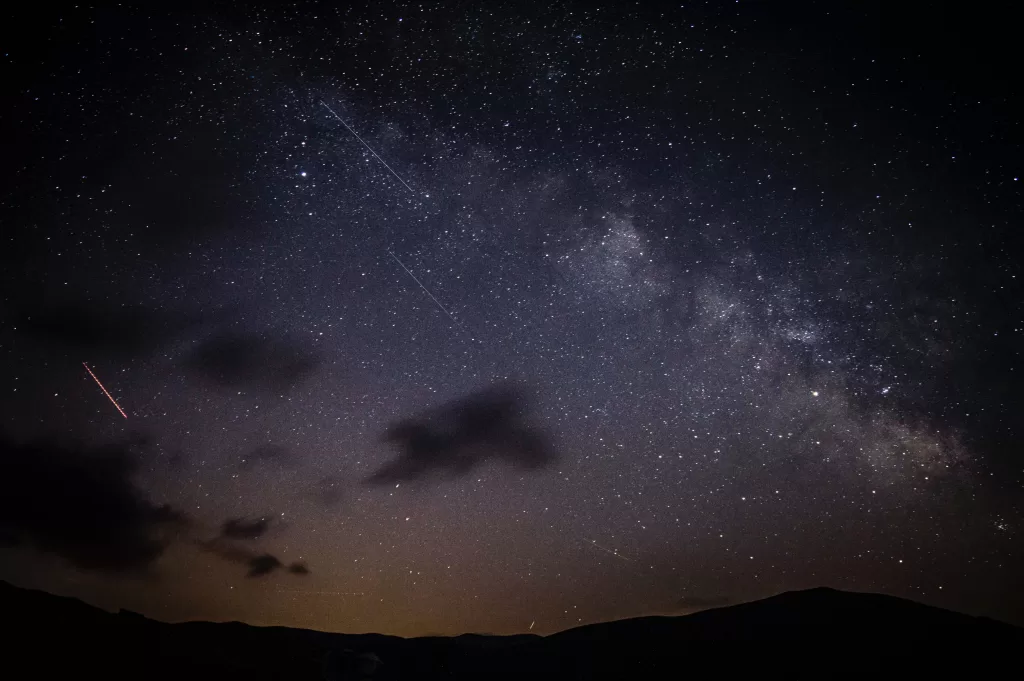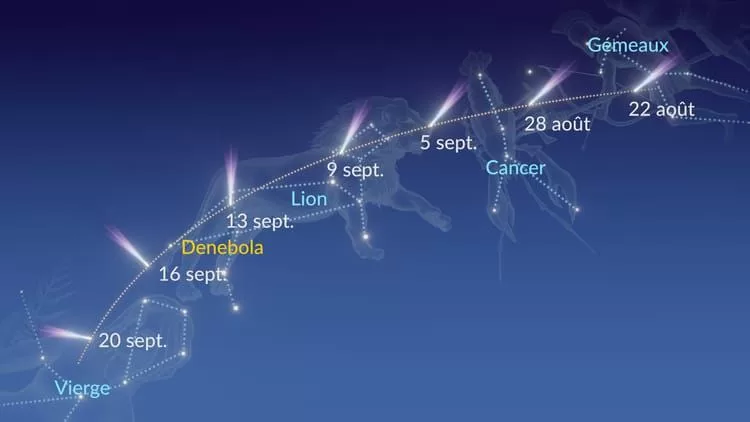See the comet Nishimura

Comet Nishimura is an astronomical event happening in the coming days that you can observe from Mexico City.
A couple of weeks ago, an amateur astronomer caused quite a stir when he detected a luminous object very close to the Sun, which turned out to be a new bright comet, named C/2023 P1 (Nishimura). This discovery was made by the Japanese astronomer Hideo Nishimura, which is why the comet bears his surname.

On August 15, 2023, the discovery of Comet Nishimura was officially confirmed, accompanied by incredible news: the comet will be visible in various parts of the world, including Mexico City.
Scientific eponymy refers to the act of “naming” based on the formation of words or proper names of the person who made the discovery. That’s why this celestial body was designated as the “Nishimura Comet” and is also recorded in some databases as “C/2023 P1”. It is expected that this comet will orbit the Sun in early September and approach a distance of 125 million kilometers from Earth.
Comet Nishimura is currently located in the Gemini constellation and has reached a magnitude of 9.4, progressively brightening. Its tail measures almost 8 feet long and is visible with 6-inch amateur telescopes before dawn.
This comet was photographed from June Lake, California, USA, and since its discovery, its brightness has increased, allowing its trajectory through the Solar System to be determined. According to NASA, as the comet gets closer to the Sun, it may become visible to the naked eye in early September.

The educational astronomy application, Star Walk, states that on September 7th, the comet will be so bright that you can observe it with the naked eye a few hours before sunrise. In fact, it’s already visible, but it will become even brighter starting from that date, as it will be closer to the Sun, which could make its observation more challenging.
In Mexico City, we can already see the comet, but starting from September 7th, Comet Nishimura will reach its closest point to Earth, and that will be the best day to admire it. It will be visible mainly in the early morning hours until September 12th, just before the dawn light begins.
By mid-October, Nishimura will only be visible through a telescope as it moves away from the Sun.
The best advice is to hurry and observe the comet, as there’s a possibility it might change its trajectory or come so close to the Sun within Mercury’s orbit that its nucleus could break apart.
But if no unforeseen events occur, it is estimated that Comet Nishimura will be particularly notable during the hours of sunrise and sunset, as its brightness will be overshadowed by the Sun at other times.
Remember that these types of astronomical events are usually quite rare; years can pass between the passage of comets, especially in Mexican territory, let alone with a newly discovered comet like Nishimura.
